Context
Smoking prevalence in Thailand is declining with more effective tobacco control policies, yet levels remain persistent among young adults. Among age groups, young adults have the lowest smoking cessation rate in the country, and programs urging them to quit have not been effective. As young people spend increasing time with digital technology, smartphone-based interventions, like the Quit with US app, are promising approaches. Preliminary results from a recent study of Quit with US, which was designed in Thailand for young adult smokers, found improved smoking behaviors and positive experiences among users. This study is a randomized controlled trial testing the efficacy of Quit with US among young adult smokers from undergraduate universities in Thailand between March and November 2020.
Intervention
At baseline, participants received face-to-face and group counseling on smoking cessation from pharmacists on the research team. Follow-up sessions on participants’ progress with smoking cessation were conducted by telephone at one, two, three, four, six, and eight weeks after the intervention began. Sessions lasted 15 to 30 minutes.
Participants downloaded the Quit with US app on their phones and were told to use it at least once a day. Quit with US shares content based on user inputs, such as daily cigarette consumption and willingness to quit. The app has five main pages: 1) Suggested by US provides information on the negative impacts of smoking and recommended strategies to quit, 2) Talk with US shares pharmacists’ responses to anonymized questions from other users about smoking cessation, 3) Quit with US assesses users’ willingness to quit, 4) Let Us Help shares coping methods for nicotine cravings and unintentional smoking, and 5) Success of US displays user progress. Participants had access to free smoking cessation products and could contact the research staff via phone or text for additional support.
Evaluation
Design: Students were randomly assigned to the intervention or control group (randomized controlled trial). Students in the control group received counselling only during baseline and follow-ups and were requested to avoid using smartphone apps, including Quit with US, for the duration of the study.
For baseline, students completed a questionnaire and were given a breath test to measure their exhaled carbon monoxide (CO) levels. In follow-up phone assessments. students’ self-reported smoking abstinence. At the last follow-up session at 12 weeks, students reported their smoking abstinence status and retook the breath test. The primary outcome was smoking abstinence at 12 weeks, defined as reported abstinence from smoking in the previous week and an exhaled CO concentration of less than or equal to 6 parts per million (ppm). Secondary outcomes were changes in smoking behaviors (daily cigarette consumption and nicotine dependence level), exhaled CO concentration level, and knowledge and attitudes toward smoking and smoking cessation between baseline and the 12-week follow-up. Nicotine dependence level was measured using the Heaviness of Smoking Index score, and knowledge and attitudes were based on the questionnaire.
Sample: Undergraduates from five universities in Chiang Mai province were recruited from March to August 2020. Potential participants had to meet several criteria, including being between 18-24 years old, having smoked at least one cigarette in the past month, expressing interest in quitting smoking for the next month, owning a smartphone with internet access, and not participating in any other smoking cessation programs. In total, 428 students were recruited, and 273 were eligible for enrollment. During randomization, 137 were assigned to the Quit with US intervention group and 136 to the control group. Approximately 13% and 12% of students in the intervention and control groups, respectively, did not complete the 12-week follow-up assessment. The authors applied both an intention-to-treat approach (assuming that students who were lost to follow-up did not abstain from smoking) and per protocol approach (excluding those lost to follow-up from the analysis). Participants received 400 THB (about USD 12.50) for completing the study.
The sample was mostly male (60%), with an average age of 21.06. On average, students started smoking around 17 years old. At baseline, more than half (58%) were daily smokers, and 89% up to 10 cigarettes per day. About 59% took more than hour after waking up to smoke their first cigarette of the day, and most (86%) were considered to have low nicotine dependence. Almost three out of four had attempted to quit in the past (73%) or intended to quit in the next 30 days (76%).
Results
For the primary outcome, a higher proportion of students in the intervention group abstained from smoking for seven consecutive days across all follow-ups compared to the control group (58% compared to 31%). These findings were consistently significant regardless of whether students who were lost to follow-up were included (intention-to-treat) or not included (per protocol). For secondary outcomes, students in the intervention group showed a greater decrease in daily cigarette consumption and exhaled CO concentration level than students in the control group. Additionally, the increase in knowledge and attitudes toward smoking and smoking cessation were significantly higher in the intervention group than the control group.
Limitations: Limitations included the short follow-up period, the exclusion of participants who smoked other tobacco products, and the restriction of the sample to young adults in northern Thailand, which limits the generalizability of the findings to other parts of the country.
Conclusion
These results add to the growing evidence that the Quit with US app is effective in promoting smoking cessation among young adults. Specifically, it showed the success of integrating the app into existing counselling. The authors recommend a longer randomized controlled trial with a more comprehensive group of participants to further explore the effectiveness of Quit with US.


